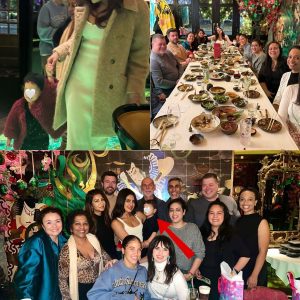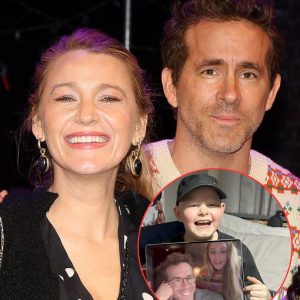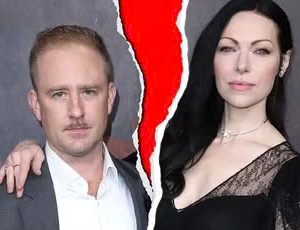The 50s was a decade of change in San Francisco. Beat poets like Jack Kerouac holed up in North Beach cafes and bookstores, and an influx of immigrants made the city home.
The term beatnik, which describes those who likened their style and lifestyle to the Beat Generation literary movement, was coined by a San Francisco Chronicle columnist. The bookstore City Lights and the Vesuvio Cafe, both still in business, were hangout spots for Allen Ginsberg, Bob Dylan and Francis Ford Coppola.
Take a historical stroll through snapshots from that era.
Playland-at-the-Beach, 1951

Nearly mythical for San Francisco’s older generations, Playland-at-the-Beach was a beachside carnival respite. The roller coaster pictured boasted a 30-foot drop and was called The Big Dipper.
Funhouse at Playland-at-the-Beach, 1955

The Funhouse was an accurately named maze that included spin dryers to squeeze through, a long, bumpy indoor slide and a rotating wooden barrel to run through. After Playland-at-the-Beach was demolished in 1972, one of its animatrons was relocated to the Santa Cruz Beach Boardwalk farther south down the coast.
Victorian house, 1951

This classic Victorian house on 3rd Avenue between Irving Street and Hugo Street still stands today.
Roth’s Drug Store, 1951

Today Roth’s Drug Store is a Bank of the Orient on Irving Street between 21st Avenue and 22nd Avenue. Outer Sunset’s demographic dramatically shifted towards Asian Americans from the late 60s through the 80s. The area pictured is now an informal Chinatown.
St. Anne’s School, 1951

St. Anne’s School is a kindergarten to grade eight Catholic school still standing today in Inner Sunset.
Cozy Cove Cafe, 1951

Cozy Cove Cafe in Inner Richmond is now the upscale French bistro Chapeau!.
Parkside Appliance, 1951

Located right on the busy hub of 19th Avenue and Taraval Street, Parkside Appliance is no longer with us and was replaced by a Chase Bank.
Entrance to International Settlement district, 1955

International Settlement was a one-block entertainment district that existed between 1939 and 1960. This stretch of land rife with nightlife was left over from the area’s Barbary Coast days, when lawlessness, prostitution and gambling ruled.
View of Golden Gate Bridge and the Presidio from Sea Cliff, 1958

The Sea Cliff neighborhood is best known for its expansive views of the Golden Gate Bridge and the Presidio. It’s also known for its proximity to the small but wonderful China Beach, and for housing late and current celebrities such as Robin Williams, Sharon Stone and Ansel Adams.
Dolores Park, 1958

Dolores Park on a sunny day in 2016 is a gold mine for people watching, and can attract up to 7,000 to 10,000 fun seekers on busy days. This 1958 photo shows the park’s familiar layout, but without the madness.
Aquatic Park in Fisherman’s Wharf, 1958

Behind the woman posing is the Maritime Museum, originally built as a bathhouse in 1936.
Outer Mission neighborhood looking north up Mission Street, 1956

Between 1940 and 1960, a large number of displaced immigrants moved to the Mission neighborhood. The majority had been relocated from Rincon Hill to make way for the western landing of the Bay Bridge. The Mission’s taquerias, such as El Buen Sabor and Cancun, serve some of the best burritos in the city.
Protesters in front of Civic Auditorium at a President Eisenhower rally, 1958

You can find the exact speech that Eisenhower gave at this rally here (thank you dusty internet archives). From the signs, it seems the protesters were staunchly against America’s Cold War with the USSR and the resulting “Brink of War” nuclear tactics.
View down California Street with Old St. Mary’s Cathedral at center, 1958

In the middle of this photo of California Street is a cathedral with a cross on the top called Old St. Mary’s Cathedral. Built in 1853, it still conducts services regularly.
Intersection of Grant Avenue and Sacramento Street in Chinatown, 1950

San Francisco’s Chinatown is the largest Chinese community outside of Asia. Because of the repeal of the Chinese Exclusion Act in 1943, which restricted Chinese immigration to the US, the Chinese population in San Francisco rose rapidly during the 50s.
View of Noe Valley from Diamond Heights, 1955

Before the completion of residential units, Diamond Heights was a near-empty hillside looking down on the more crowded Noe Valley. The house with the red roof and separate garage still stands today.
View of Upper Market from Grant Street, 1956

This photo shows The San Francisco Examiner building on Market Street. Now known as the Hearst building, it may soon become a luxury hotel, according to SFGate.
Crocker building from Market Street, 1952






